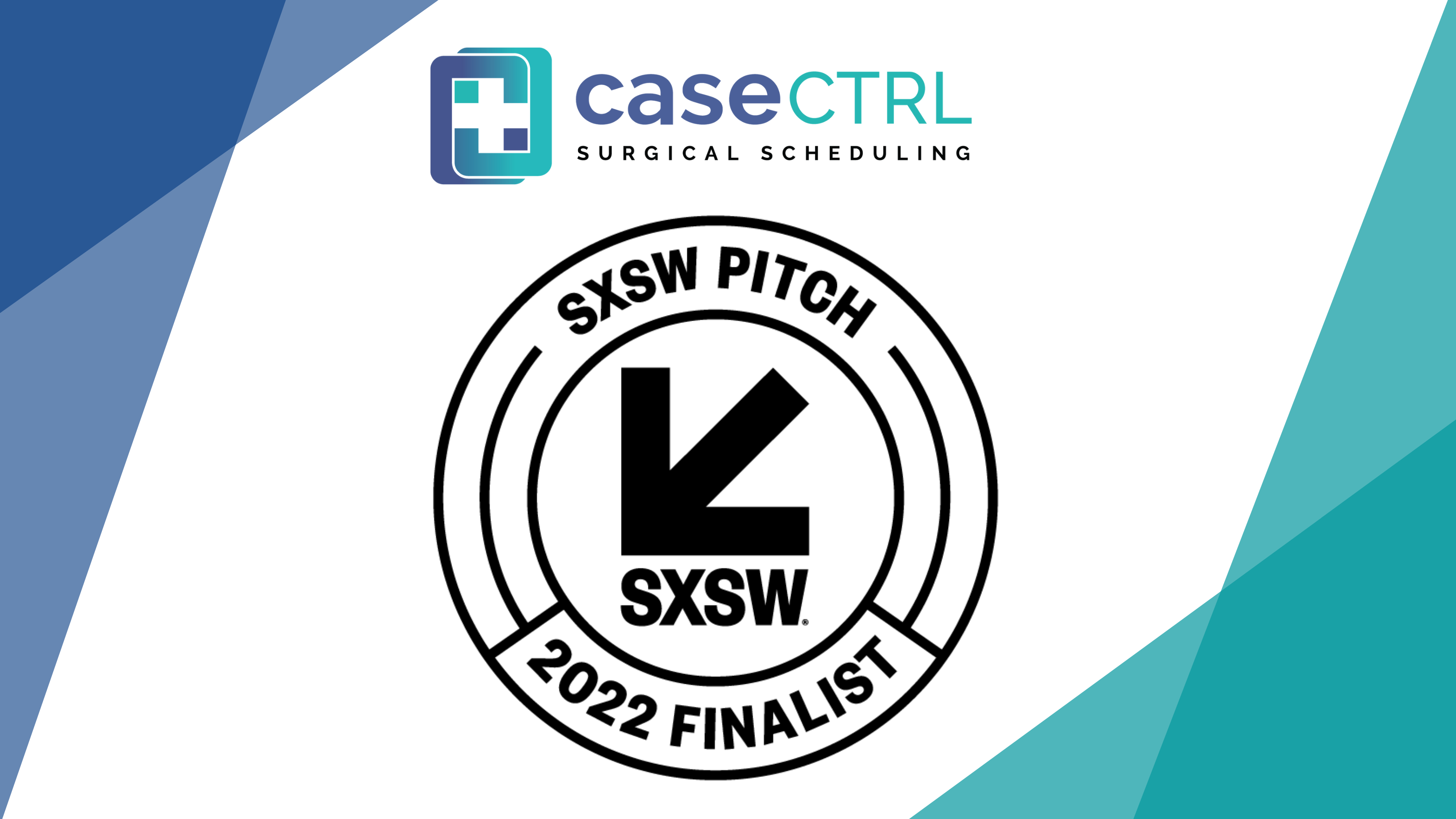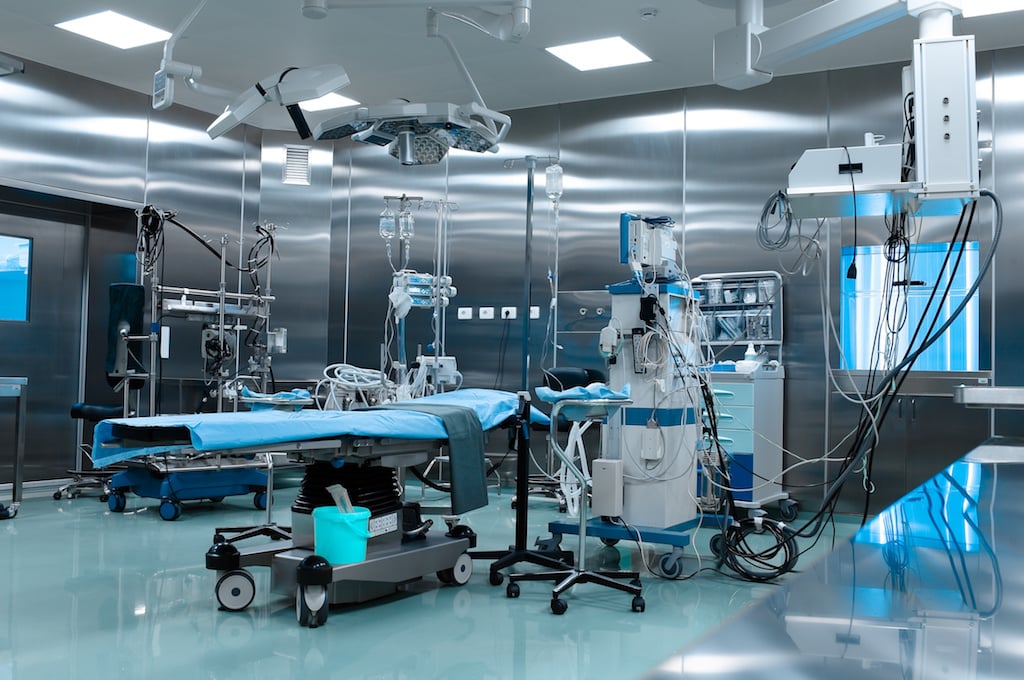A lot of complexities go into successful surgical scheduling. Practice staff must verify patient pre-surgical clearance with other physicians, coordinate the best OR time against competing cases and ensure the right equipment availability, to name just a few. For more insights on the ideal time to use surgical scheduling software, and tips to ensure the best ROI, check out this guide.
Yet one of the biggest—and easiest to improve—aspects of surgical scheduling often doesn’t receive nearly enough attention.
How effectively is the practice prioritizing the presence of a ready patient?
The Need for Better Patient Engagement in Scheduling Processes
|
A big challenge with on-time surgery starts is that patients often show up unprepared or late or are no-shows. Much of this could be avoided with better preparation. It’s estimated that patients miss between 5% to 20% of their surgery appointments, with many not receiving important education, instructions and reminders. Patients often need to take key steps to prepare for a surgery, such as possibly limiting food and drink, ceasing use of certain medications in advance, taking special steps with washing and/or shaving, and arranging for transportation or packing for a hospital stay. If patients don’t receive or understand these instructions, at best they may end up calling the surgeon’s office with questions. Staff will sometimes need to find the patient’s history and procedure information, and then solicit a response from their busy surgeon prior to being able to share instructions—a dissatisfying and potentially anxiety-producing wait for patients and not the best use of staff’s time due to the repetitive nature and focus away from immediate tasks. At worst, the patient may be confused and arrive on surgery day unprepared—potentially creating a situation where the surgery is cancelled at the last minute or the likelihood of an undesired effect on health. Something as simple as a well-timed reminder regarding the date and time of surgery can be incredibly important. A study by Tulane University found that avoidable patient no-shows were a common cause of surgery cancellations, with 30% of patients failing to show up on the day of surgery due to transportation issues, uncertainty about the date of the procedure or simply forgetting about the appointment. Patient no-shows and cancellations also are costly. The study estimated one missed surgery can cost upward of $7,100 on average. A cancellation also can create dissatisfaction with the patient and surgical team and potentially leave the patient in pain or impact the quality of their health during the delay before rescheduling can occur. |
Taking a More Customized Surgical Scheduling Communications Approach
|
The good news is that a more proactive approach to working with patients can often mitigate many of these issues. Providing clear, appropriately timed preparation instructions leading up to the surgery and verifying the patient’s commitment to the date can go a long way to heading off no-shows. What does an ideal approach look like? If practice staff are merely phoning or texting patients with reminders—even if they are using an automated system—that’s not nearly enough. Active outreach is important, but it’s equally necessary to ensure communications are relevant and feel personal. For something as important as surgery, patients often prefer over communication than lack of communication. The right communications approach should be customized around patient need. These communications must be effective while also being easy enough to execute that consistency can be assured regardless of how busy the physician practice’s staff may become. As such, savvy surgical scheduling teams make use of a blend of personalization and automation. |
5 Things to Look for with Patient Surgical Scheduling Communications
Consider how the following advances provide a meaningful and supportive care experience for patients, while ensuring the greatest likelihood for surgery readiness without overburdening staff.
|
|
|
|
|
To see how CaseCTRL is improving surgery scheduling while also revolutionizing patient communications––all in a HIPAA-compliant manner—view a demo here.







































